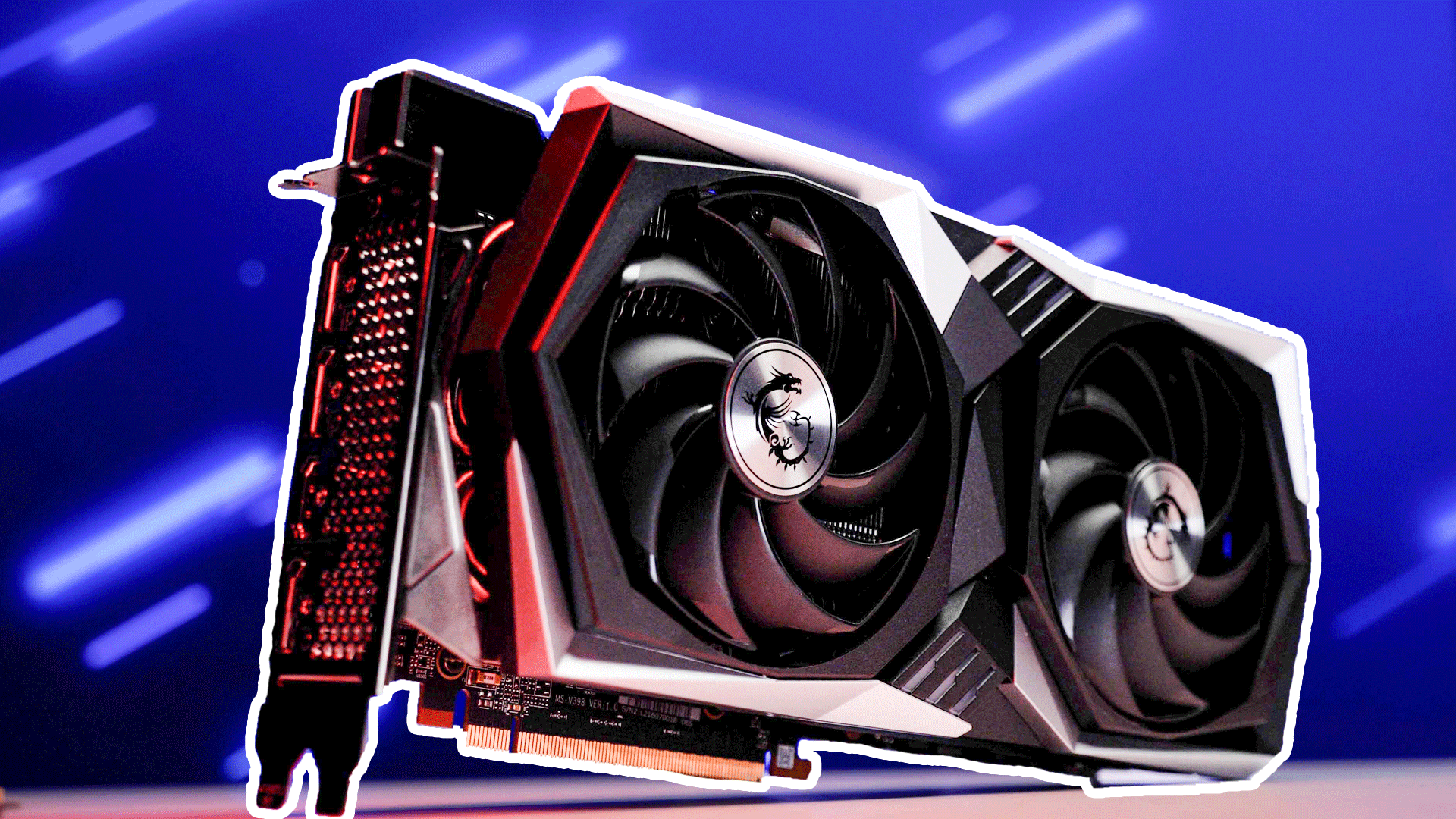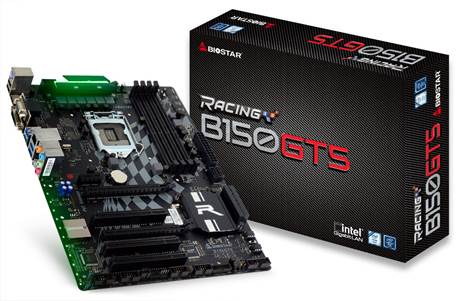While we certainly are not living in a perfect world, a world where MSRP actually meant something, the reality is the AMD Radeon RX 6700 XT was intended to slot in between the NVIDIA RTX 3060 TI and RTX 3070 on price but lean more towards RTX 3070 side of the performance spectrum than the RTX 3060Ti.

In all likelihood this was a late stage, thankfully pre-launch, tweak to AMD’s strategy to counteract NVIDIA releasing the hugely improved GeForce RTX 30-series. The reality is when the Radeon RX 6700 XT was designed, AMD thought big and wanted their RX 6700XT to dominate the RTX 2070 and even give RTX 2080’s a run for their money. At RTX 2060 Super prices. Basically, AMD (finally) wanted their GPU division to do to NVIDIA what their CPU division is doing to Intel. No more ‘parity’, no more ‘value’ end of the spectrum only GPUs. They wanted their x700 to compete against GeForce RTX x70s, their x800s to be true competition for NVIDIA GeForce RTX x80s, and even have their x900 go toe to toe with NVIDIA’s GeForce RTX x80 Ti… and win.
Compared to the 2070’s the Radeon RX 6700 XT comes with more Shader Units (2560 vs. 2304), more Texture Units (160 vs 144), and even more generation 1 Ray Tracing Units (40 vs 36). Mix in higher core clocks in the 2600MHz range… and at the end of the day the Radeon RX 6700 XT can indeed outperform a RTX 2080. Indeed, it would have been just as large a paradigm shift as when the AMD Zen 1 CPUs were released.
Unfortunately, for AMD, NVIDIA pulled a major rabbit out of their hat on the performance side of calculation… and things become a bit more complicated when comparing the highly improved RTX 30-series to the Radeon RX 6700 XT. Thankfully, AMD were aggressive and instead of a repeat of the 480/580/Vega/5700 cycles the Radeon RX 6700 XT still is a very viable choice. Just not the knockout blow that it was planned to be.
To be a bit more precise, with 2560 Shader Units the Radeon RX 6700 XT is a tad small compared to the 3060 Ti and its 4864, and is anemic compared to the 5888 of the GeForce RTX 3070. However, higher clock speeds and simply better core architecture do make up for this difference surprisingly well. The same is true of the 160 (6700 XT) vs 80 (3060 Ti) vs 96 (3070) Texture Units. A lot of this has to do with RDNA 2’s IPC performance boost over RDNA 1, some more with the blazingly fast core clock it offers, and some more has to do with how the cores can access the information. 96MB of ‘Infinity Cache’ may not sound like much but it does pay dividends. Enough dividends that at lower resolutions enough data is cached to boost performance well past the typical GeForce RTX 3070’s of the marketplace. Also in the win column for the Radeon RX 6700 XT is the double-jab combination of bigger (12GB vs 8GB) and faster (16GHz vs 14GHz) VRAM.

There are however three key areas the Radeon RX 6700 XT design does miss a step (or twelve) when compared to NVIDIA’s GeForce RTX 30-series. One of which is self-inflicted, and the other two are just the reality of being slow to implement new technology. The self-inflicted wound, and one that makes the RX 6700 XT best suited for sub-4K resolution, is the memory bus. Higher frequencies and larger capacity on tap or not, the use of a 192-bit instead of 256-bit bus is going to be a major handicap… especially since NIVIDA already nullified Smart Access Memory benefits via the release of their own PCIE-SIG Resizable BAR implementation. Put bluntly, 384GB/s vs 448GB/s is a too big a hill for any tech tweaks to climb. One that at 4K will cause bottlenecking in the Radeon RX 6700 XT long before it becomes an issue in NVIDIA’s latest design…. SAM or no SAM. Particularly when Smart Access Memory / Resizable Base Access Register technology is not miracle/breakthrough technology. It just is more efficient at using the VRAM than the ‘old’ way of doing things.
The other area is Ray Tracing. Contrary to NVIDIA marketing… NVIDIA did not invent it. They were simply faster to implement it at the physical hardware level instead of relying upon internal ‘software’ decoding. If the RX 6000-series had been released during the GeForce RTX 20-series days things would be much better for AMD. They did not and it is pretty apparent that the lessons NVIDIA learned from their previous generation were baked into their latest generation RTX cores. AMD too will learn from their first generation, but that will be of cold comfort to RX 6000-series owners. Put simply, at this time NVIDIA has a clear lead in Ray Tracing performance and AMD is playing catch up. Not as much as one would think… but still a clear advantage when comparing even a reference GeForce RTX 3070 to any Radeon RX 6700 XT.
On its own Ray Tracing performance comparisons would not matter as much if not for the third variable. We are of course referring to DLSS (or what AMD will be calling FidelityFX Super Resolution or FSR for short). The fact of the matter is we are still many, many generations from when Ray Tracing will become the de-facto standard for gaming. Until that day arrives, every square millimeter of silicon dedicated to RT comes at the expense of ‘old school’ gaming performance. As such… both companies mid-tier are at best mediocre performers when Ray Tracing is turned on. DLSS/FSR however changes the equation from ‘high frame rates vs. RT eye candy’ to ‘high frame rates without RT eye candy vs. high frame rates with only minor loss in image fidelity’. NVIDIA has this tech. As such, AMD’s lack of even basic FSR/DLSS put all Radeon RX 6000-series cards at a distinct disadvantage.
When you combine the pros versus the cons of both companies competing products a few trends do become apparent. Firstly, if you care about Ray Tracing your choice is clear. Conversely, at lower common resolutions (1080P and 1440P), the Radeon RX 6700 XT become the clear choice for non-Ray Tracing scenarios. At 4K the memory bandwidth limitation of the Radeon RX 6700 XT transforms from a theoretical to an actual bottleneck; but, the additional horsepower of the Radeon RX 6700 XT still makes it arguably a slightly better option than the typical GeForce 3060Ti. Neither will be optimal, nor will a GeForce RTX 3070 for that matter, and it really will come to how much more the in stock GeForce RTX 3070 costs versus the in stock Radeon RX 6700 XT.
Put simply, AMD may not have been expecting the size of the RTX 30-series performance boost, but they dared to ‘Dream Big’. The end result is we once again have a two-horse race. One where the consumer is the real winner. A real winner with almost no really bad options to choose from.











